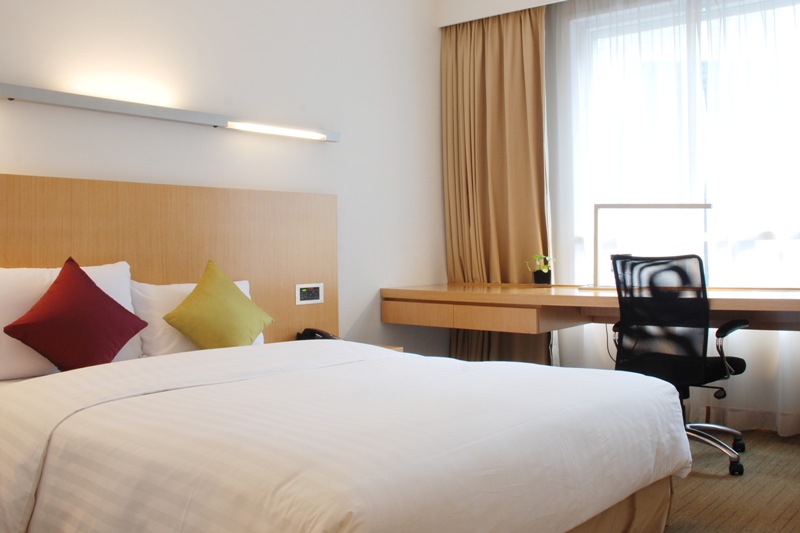Embracing Natural Light
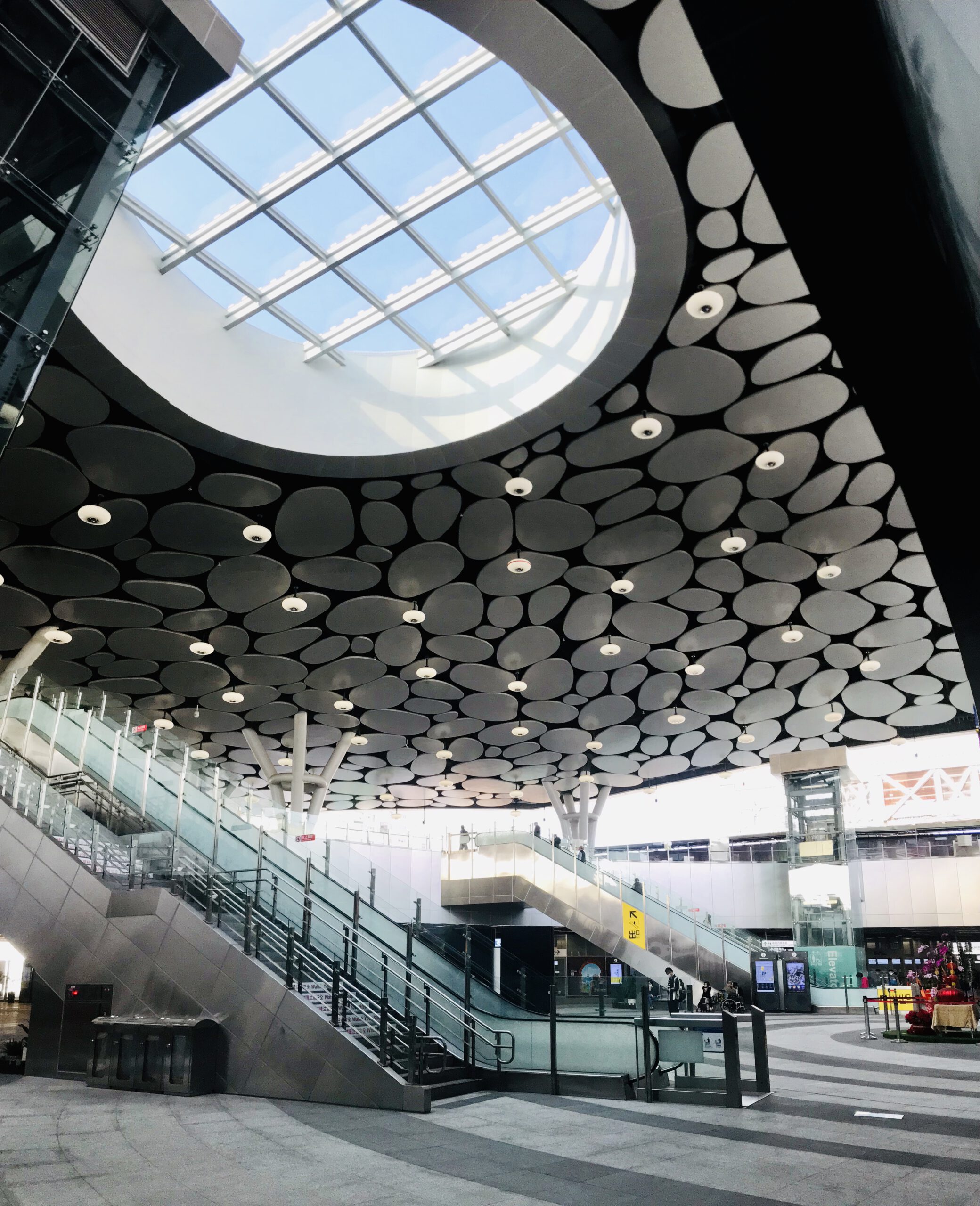
Imagine stepping into a room bathed in golden sunlight—immediately, you feel lighter, even happier. Scientific research backs up this feeling: exposure to natural light can boost mood and productivity by up to 15% according to Harvard Health. Large, unobstructed windows, glass doors, and clever skylights are some of the top tactics designers use to invite daylight inside. Open floor plans take it a step further, letting sunlight travel freely from one corner to the next. Reflective surfaces, such as mirrors or glossy flooring, amplify this effect, scattering light throughout the space. Pale-colored walls act like a canvas, bouncing rays and making rooms feel even larger. When sunlight pours in, the whole mood of the home shifts—suddenly, every day feels a little brighter.
Biophilic Design Principles

Rooms that make you feel as if you’re living in a garden are more than just beautiful—they’re scientifically beneficial. Biophilic design, which connects humans with nature through design elements, has been shown to reduce stress by an astounding 60%, according to Human Spaces research. Living walls of trailing vines, potted trees, and even small herb gardens bring the outdoors in. Natural materials like wood, stone, and rattan help reinforce this connection, while organic shapes mimic what we find outside. Sunlight filtering through leaves or dappling across a wooden floor feels calming and restorative. People tend to linger longer and relax more deeply in spaces where nature is honored. The result is an interior that feels not only bright and airy but also deeply nurturing.
Open Concept Living Spaces

Breaking down barriers—quite literally—is a hallmark of the modern, nature-lit interior. Open concept living, favored by 84% of homebuyers according to the National Association of Home Builders, removes walls between kitchen, dining, and living areas. This layout lets natural light flow unhindered, reaching every nook and cranny. The effect is immediate: rooms feel more spacious and flexible, perfect for families who love to gather or entertain. Open plans also encourage ventilation, letting fresh air circulate and keeping the atmosphere healthy. With fewer obstacles, it’s easier to arrange furniture around windows and maximize views of the outdoors. The result is a harmonious, easy-going environment where everyone feels included and energized.
Light Color Palettes
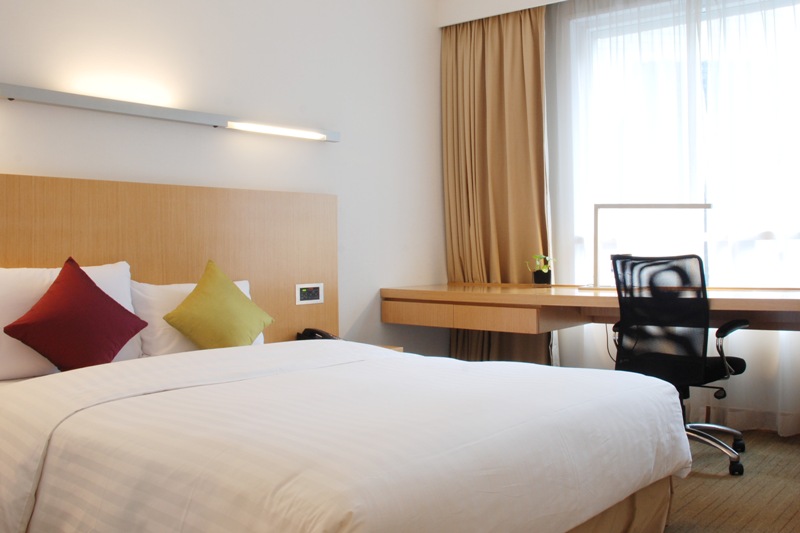
Color has a powerful effect on the way we perceive space and mood. Soft whites, pale blues, and gentle greens are favorites for nature-inspired interiors, and for good reason. Lighter colors reflect sunlight, making even small rooms feel open and airy. Psychology Today highlights that these shades promote calmness and serenity, helping to reduce stress. When paired with natural light, a barely-there blue or creamy white wall seems to glow, brightening the entire area. Light-colored furnishings and textiles further the effect, creating a cohesive, uplifting palette. These colors don’t distract the eye, allowing the beauty of natural materials and sunlight to take center stage. Every day feels like a breath of fresh air in a room painted with the colors of the sky and forest.
Incorporating Natural Materials

Surrounding yourself with authentic, tactile materials grounds a space and links it to the earth. Wood beams, stone countertops, and bamboo floors are not only visually appealing but also healthy. Research published in Environmental Health Perspectives shows that these materials can improve indoor air quality and reduce allergens. A reclaimed wood table, for example, brings warmth and history into your home, while a marble backsplash shimmers in the sunlight. Woven baskets and linen curtains contribute subtle texture and a sense of craftsmanship. These elements age gracefully, becoming more beautiful with time. Natural materials make interiors feel timeless, inviting, and unmistakably connected to the world outside your windows.
Indoor-Outdoor Living
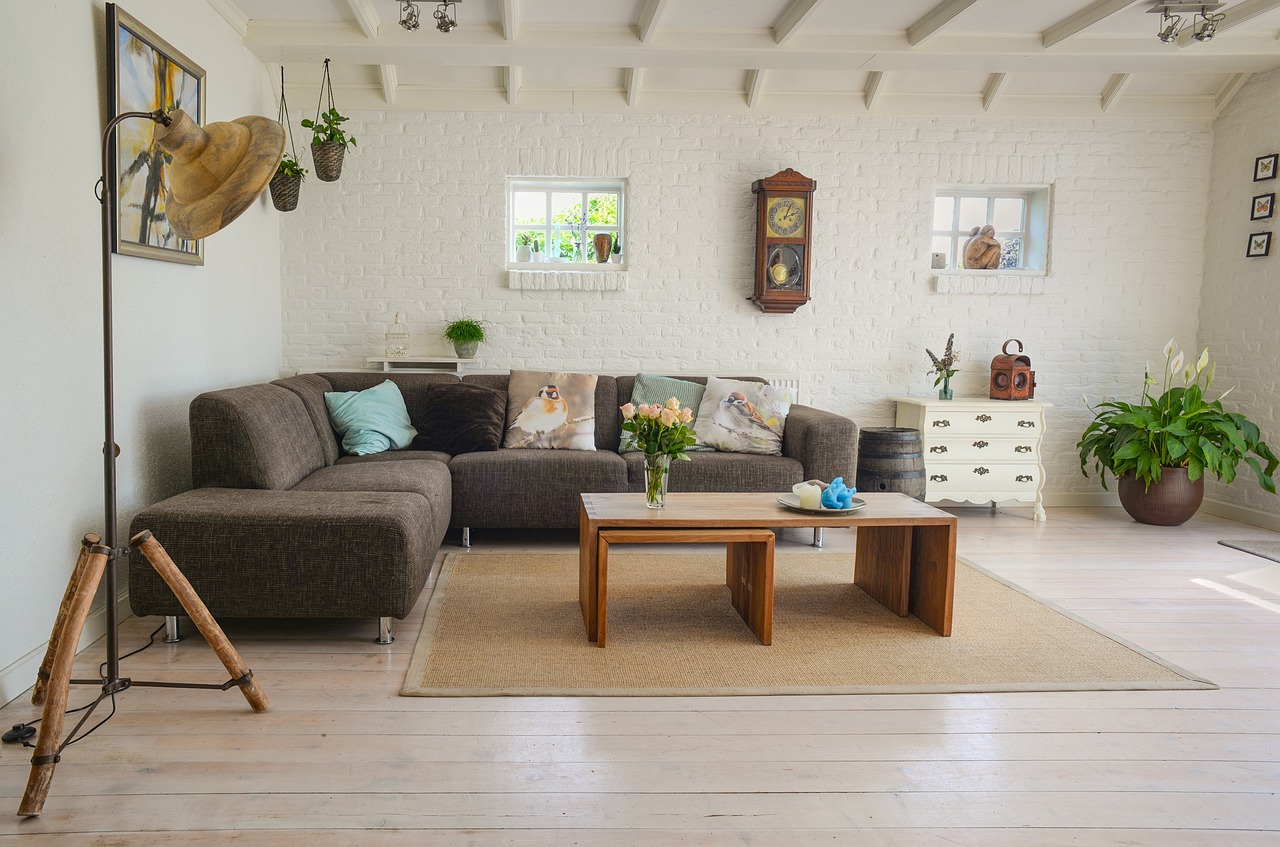
Designers everywhere are finding new ways to blur the boundaries between inside and out. Large sliding glass doors, foldable window walls, and spacious patios invite nature right into your living room. According to a study by the University of Queensland, access to outdoor spaces can improve mental well-being by 30%. Comfortable seating areas, potted plants, and even small water features create a seamless transition. Imagine sipping coffee as birdsong drifts in or watching the sunset from the comfort of your sofa. These spaces aren’t just for summer—clever design can make them usable year-round. The result is a home that feels expansive, dynamic, and deeply connected to the rhythms of nature.
Minimalist Design Approach

Minimalism might sound stark, but in the realm of nature-lit interiors, it’s a philosophy that allows light and nature to take the spotlight. By keeping only what’s necessary—functional furniture, a few cherished pieces—rooms feel uncluttered and open. Research in the Personality and Social Psychology Bulletin found that a clutter-free space can significantly reduce anxiety and improve focus. Minimalism doesn’t mean empty, but rather thoughtfully curated. Each piece is chosen for its beauty or utility, allowing sunlight to move freely and natural materials to shine. This approach makes cleaning and organizing easier, too, adding to the sense of calm and relaxation. The end result is a space where you can breathe, think, and simply be.
Strategic Use of Mirrors

Mirrors are like windows you can place anywhere. Interior designers have long relied on mirrors to magnify light and create the illusion of additional space. Placing a large mirror opposite a window can increase a room’s brightness by up to 50%, according to Architectural Digest. Smaller mirrors tucked into dark corners or behind lamps can multiply the effect. Mirrored furniture and decor pieces are another subtle way to bounce light around. The trick is to position mirrors so they reflect the best views—lush greenery outside, or a striking piece of art. Used thoughtfully, mirrors become both a functional and decorative element, making any room feel twice as big and infinitely brighter.
Sustainable Design Choices

A truly bright and airy interior cares for both its inhabitants and the planet. Sustainable design means choosing eco-friendly materials, energy-efficient lighting, and appliances that minimize environmental impact. The World Green Building Council reports that sustainable buildings can increase occupant well-being and productivity by up to 11%. Bamboo flooring, recycled glass tiles, and low-VOC paints are attractive options that support a healthy home. Solar tubes and LED lighting supplement natural light without wasting energy. These choices contribute to a cleaner, greener world—and let you feel good about the space you live in. Every detail, from insulation to window placement, can add up to a home that’s both luminous and responsible.
Personal Touches with Nature
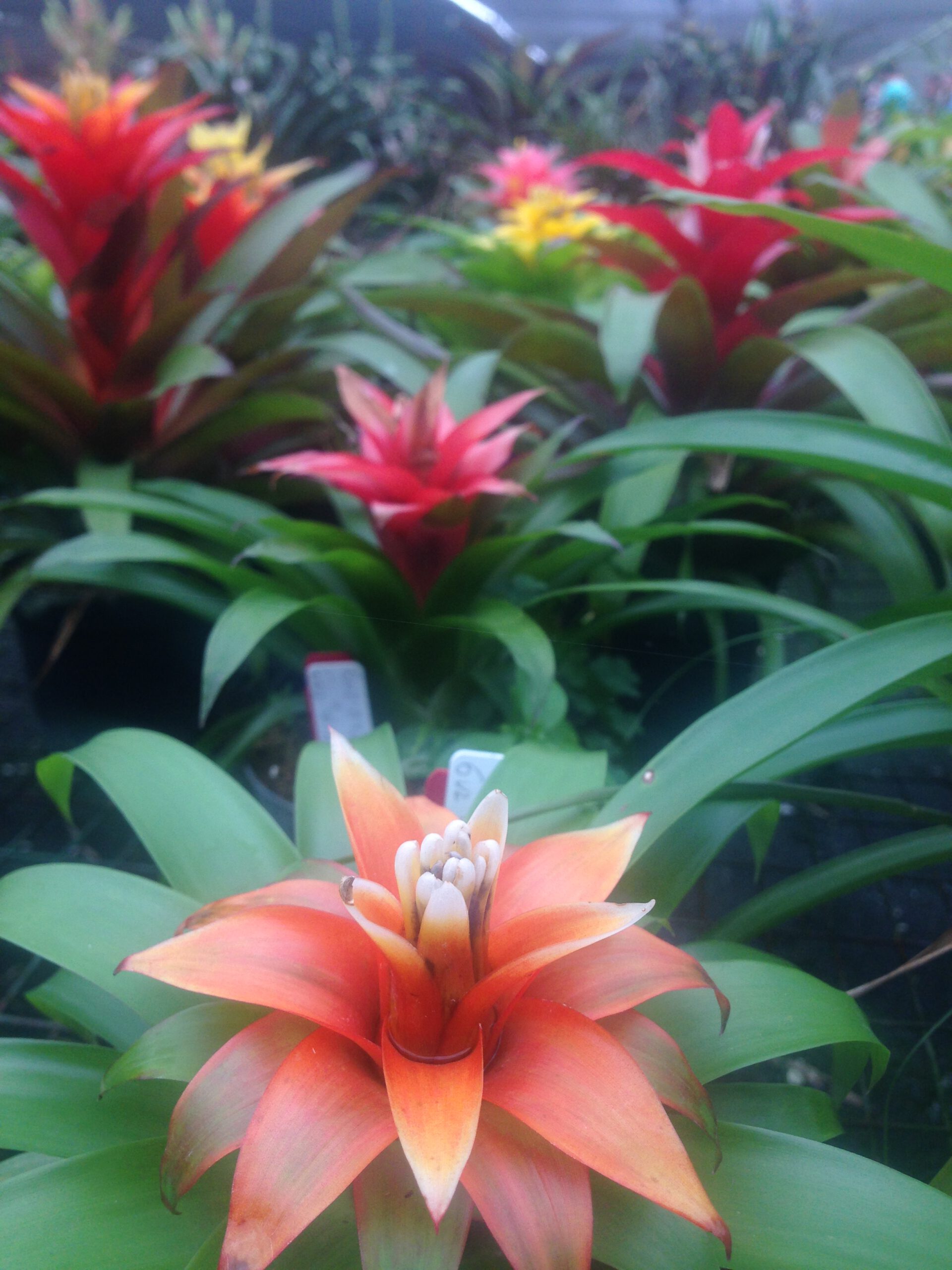
Finally, nature-lit interiors come to life with personal touches that reflect your unique love for the outdoors. Artwork featuring landscapes, family photos taken on hiking trips, or a vase of wildflowers picked from your own garden can infuse a space with meaning. The Journal of Environmental Psychology notes that a personal connection to nature can evoke positive emotions and increase overall well-being. Even small gestures—a bowl of seashells, a collection of river stones, or a favorite leafy plant—anchor your home in your own experiences. These details invite conversation and offer daily reminders of the places and moments that inspire you. The result is a home that feels not just bright and airy, but also deeply personal and alive.

Kelly Westler is a celebrated designer and author specializing in bold, eclectic interiors. Her book The Art of Spaces showcases her signature mix of colors, textures, and vintage influences, inspiring homeowners to embrace fearless design.

